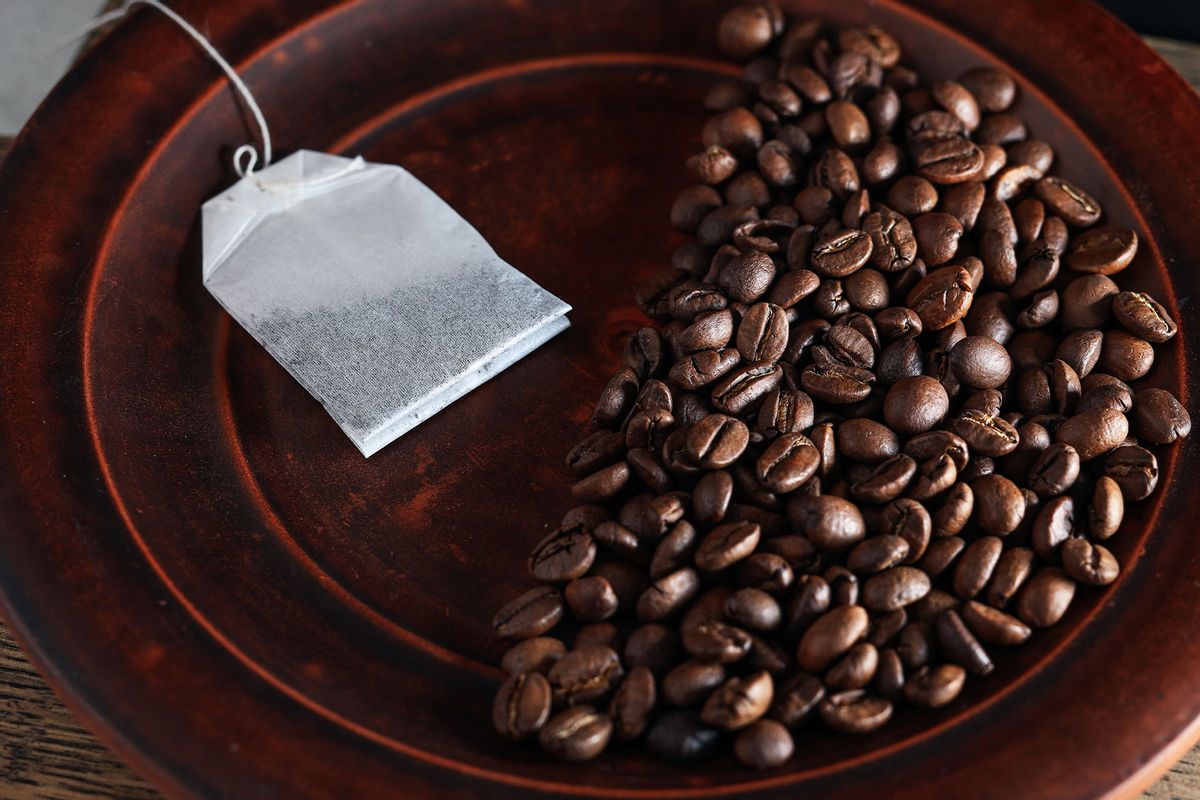Coffee bags are changing instant coffee’s reputation— but don’t throw out your French Press just yet

Coffee contains multitudes, if you will.
It truly represents something different for so many. There’s that meditative morning cup poured into your favorite, years-old, slightly chipped mug; the harried afternoon iced coffee in a plastic cup dripping with condensation that effectively destroys your desk; and sometimes there’s a top-notch brew made by a barista who actually cares about the way your single origin beans are roasted and ground.
But despite the ways we all connect to a good cup of coffee, many find the process of making it at home pretty tiresome. From wrangling complicated Keurigs to old-fashioned percolators, Chemexes and French presses, some mornings, it just feels easier to take that Starbucks runs or fire up DoorDash for a delivery from your favorite local coffee spot.
But could coffee bags usher in a new frontier for at-home coffee prep?
If you’ve stayed in a hotel over the past few years, or perused the coffee aisle at Whole Foods, you’ve probably come across coffee bags already; they look and function just like a tea bag, where you steep ground coffee in hot water with the promise of a perfect cup on the other side. I was curious just how true that would be.
How do coffee bags stack up to other methods?
I’ve now tried a few different readily available coffee bag varieties, but none really blew me away like my espresso machine did when I first got it a few Christmases back. Generally, I found them . . . tepid? No matter how long I steeped the bags, I couldn’t seem to get them to yield a full-bodied, dark, robust coffee. The color would remain frustratingly light, with a flat flavor. Even attempting to gussy up the brew with creamers or syrups did next to nothing and barely amounted to much. I also tried a cold brew approach — and that was even less successful.
Some of this, admittedly, is pretty subjective. As discussed earlier, coffee is an intensely personal product, so someone’s “too strong” is often someone else’s “too weak.” A representative from Chamberlain Coffee, a coffee bag maker, says that one way customers can find their perfect cup is by experimenting with water ratios or even by by brewing two bags at once to strengthen the flavor
But while coffee bags aren’t necessarily leading the pack in terms of taste, those in the coffee industry — including Ever Meister, a coffee expert, journalist and barista of over 20 years — believe that coffee bags may help in reshaping the general perception of instant coffee. “Steeping coffee still feels like ‘brewing’ in a way that dissolving instant doesn’t,” Meister told Salon Food via email. “It has more romance in a big way.”
And sure, any time you can’t control the variables of coffee brewing, namely grind size and the coffee-to-water ratio, you’re risking a sacrifice to quality.
But given that most people don’t know all the many ways they can modify these variables to improve coffee quality anyway, the bags give them an easy in-road to ‘good enough,’ which keeps the coffee business alive while making mouths happy,” Meister said.
They continued: “Someone might buy a $30 bag of beans and butcher the brewing of it; at least this way they’re set up for a reasonable degree of success, if that makes sense.”
What’s the final verdict?
While I’m enticed by the idea of being able to buy a box of coffee to cover my caffeine habit for a month, rather than spending $7 a day on my coffee of choice, I haven’t yet found a brand of coffee bags that inspire me to make the jump.
However, for those looking for a decent cup of coffee while camping, traveling or rushing out the door — without having to make a completely romanceless batch of instant — coffee bags are a “food enough” choice for now.
Just don’t throw out your French press just yet.
Read more
about this topic

